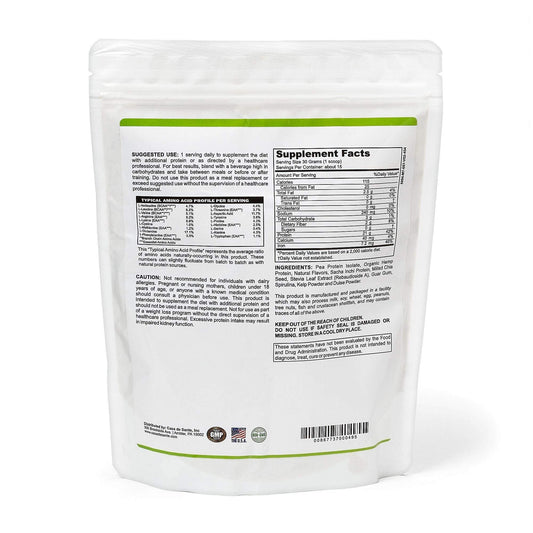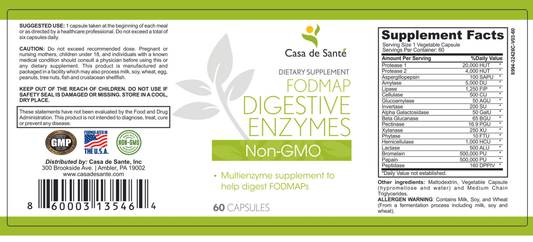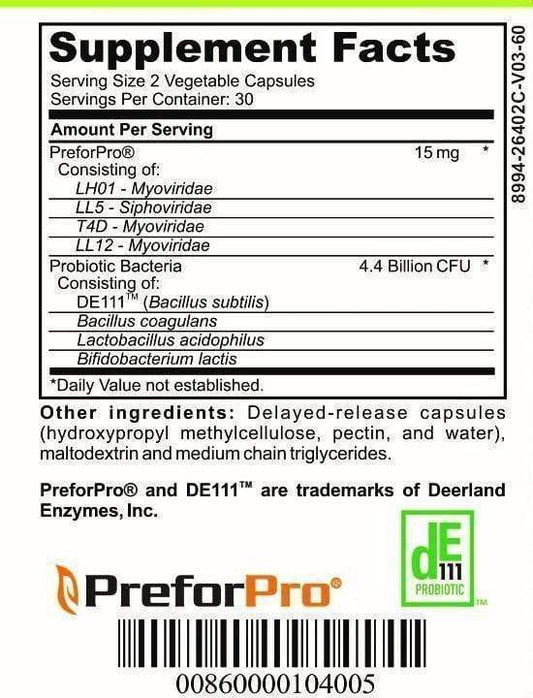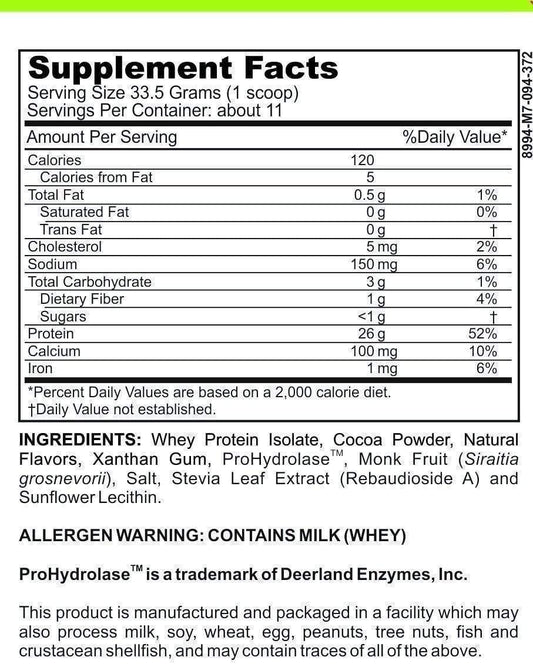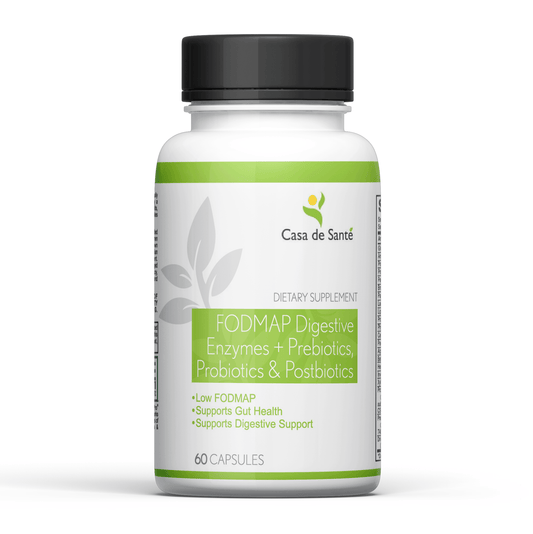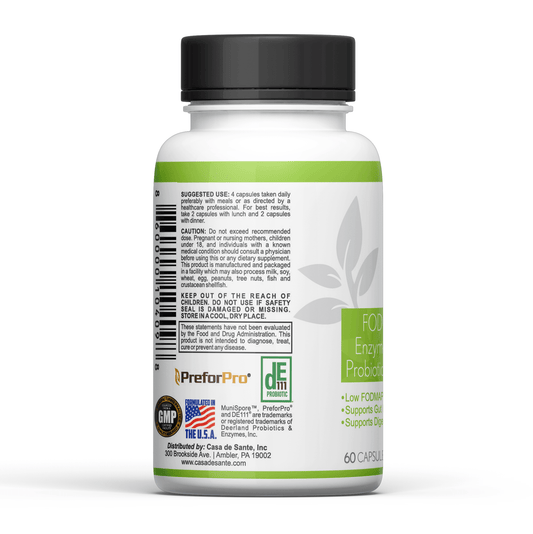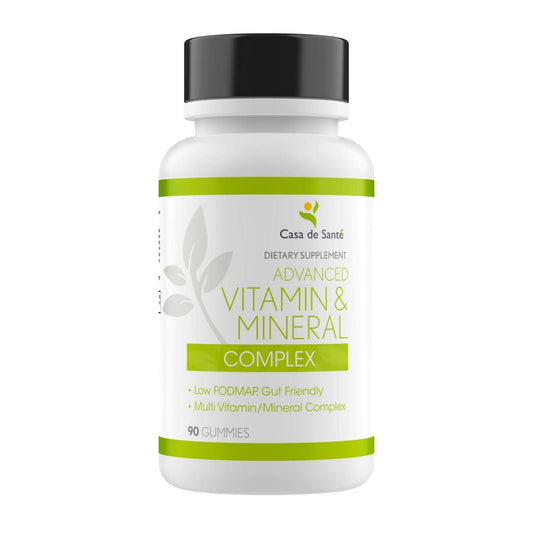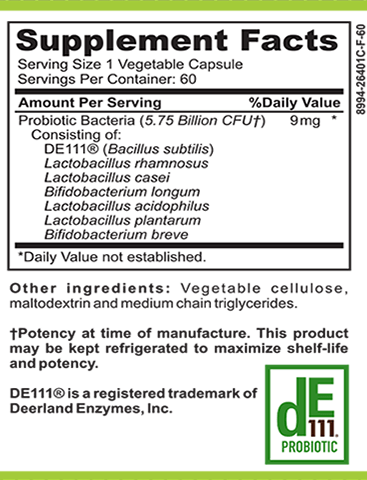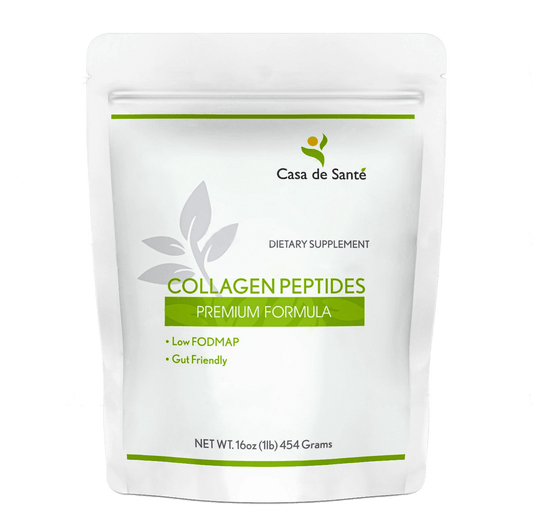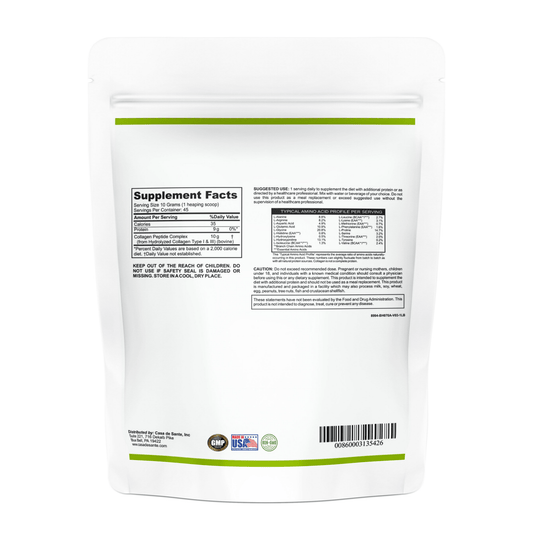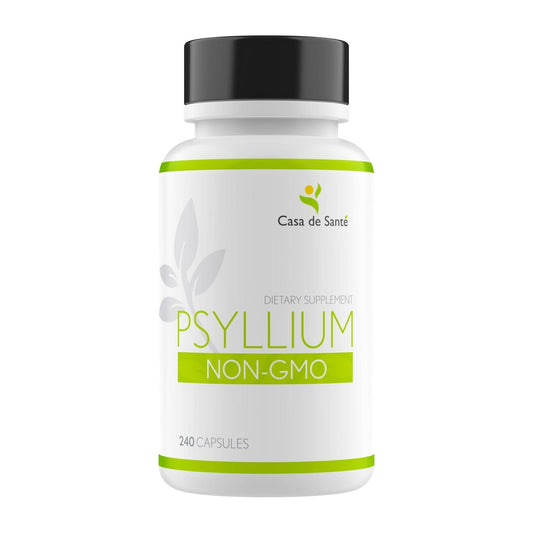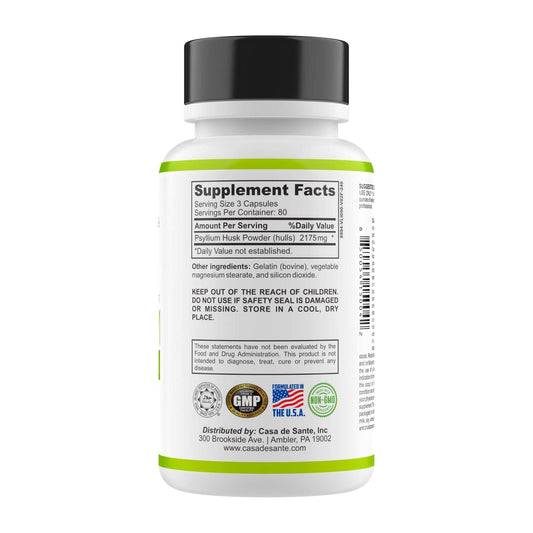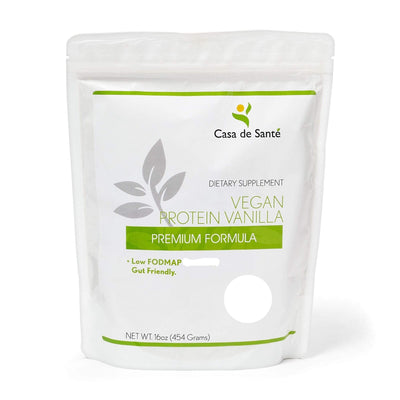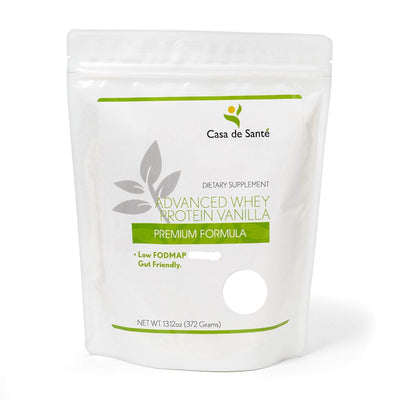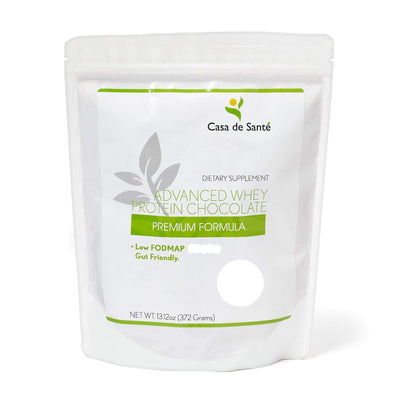Azelaic Acid Burning: Causes, How to Prevent It, and When to Seek Help
When I first tried azelaic acid in my skincare routine I expected smoother skin and fewer breakouts. What caught me off guard was the unexpected burning sensation that followed. I know I’m not alone—many people experience a similar discomfort when they apply this popular ingredient.
Understanding why azelaic acid can cause burning is the first step to using it with confidence. Whether you’re new to this ingredient or you’ve felt that unmistakable tingle, it’s important to know what’s normal and when you might need to take a break. Let’s explore why this happens and how you can make azelaic acid work for your skin without the sting.
What Is Azelaic Acid?
Azelaic acid’s a dicarboxylic acid molecule naturally found in grains like barley, wheat, and rye. I see it most often used topically in dermatology for managing acne, rosacea, and hyperpigmentation. Dermatologists recognize its ability to reduce redness and inflammation, remove dead skin cells, and limit microbial growth.
I’ve found studies supporting azelaic acid’s impact on acne by inhibiting growth of Cutibacterium acnes (Kircik et al., J Clin Aesthet Dermatol, 2011). For melasma and dark spots, it limits melanin production by interfering with the enzyme tyrosinase. FDA-cleared concentrations for prescription use reach up to 15%–20%. Over-the-counter gels and creams usually range from 5%–10%.
I turn to this active because it’s considered less irritating than stronger acids like glycolic or salicylic acid. Still, some users—myself included—may sense a tingling or burning when first using azelaic acid, especially on sensitive or compromised skin.
Common Side Effects of Azelaic Acid
When I use azelaic acid, I often notice mild skin reactions. Most people experience at least one side effect when starting this ingredient.
Understanding the Burning Sensation
Azelaic acid often causes a burning sensation, especially right after application. This feeling tends to happen with higher concentrations, like 15% to 20% creams or gels. Scientific reviews, such as a 2020 article in the Journal of Clinical and Aesthetic Dermatology, report that around 10% to 30% of users describe mild burning or tingling. I find the burning more likely when my skin barrier is compromised, dehydrated, or if I've used other exfoliants—like alpha hydroxy acids or retinoids—before using azelaic acid. Burning may last from 5 to 30 minutes after application.
Differentiating Between Normal and Severe Reactions
Mild tingling, short-term burning, and temporary redness count as common, expected responses when first using azelaic acid. I monitor my skin to separate these normal side effects from severe reactions. Swelling, persistent burning beyond 60 minutes, blistering, intense itchiness, or the appearance of hives may signal irritation or an allergy. In clinical reports, less than 5% of users experience reactions this severe. If I notice peeling with bleeding, severe swelling, or blisters, dermatology sources recommend discontinuing use and consulting a board-certified dermatologist.
Causes of Azelaic Acid Burning
Azelaic acid burning commonly results from personal skin characteristics and specific application choices. My experience and current research both show that several factors shape this discomfort.
Skin Sensitivity Factors
Skin sensitivity increases a person's risk of burning sensations after azelaic acid application. Individuals with preexisting skin barrier damage, such as eczema, rosacea, or recent use of exfoliating acids (examples: glycolic acid, lactic acid), often report stronger stinging. Studies confirm up to 30% of those with sensitive or compromised skin experience moderate burning, particularly when azelaic acid concentration reaches or exceeds 15%. Environmental factors—like low humidity or cold weather—further heighten irritation by making skin more reactive.
Application Techniques
Application technique determines much of the burning intensity. Applying azelaic acid to damp skin increases absorption and the likelihood of irritation. Layering it after other active ingredients, such as retinoids or vitamin C serums, often triggers or worsens burning. Using excessive quantities or applying more than twice daily also correlates with frequent discomfort. Precise, gentle application on dry skin avoids direct trauma and helps limit the onset and degree of stinging.
How to Minimize Azelaic Acid Burning
Azelaic acid burning becomes less likely when I follow targeted steps before and during use. Adapting my routine helps me keep discomfort to a minimum and lets me benefit from this ingredient.
Prepping Your Skin
I apply azelaic acid only on clean, dry skin. Cleansing removes impurities and reduces irritants. I always wait several minutes after washing to let my skin dry completely since damp skin absorbs more product, leading to increased stinging. I avoid using harsh scrubs or other exfoliating acids—like glycolic acid or salicylic acid—before azelaic acid, as mixing actives raises my risk of burning. Applying a lightweight, hydrating moisturizer before azelaic acid helps buffer sensitive areas, especially if my barrier feels compromised. Evidence supports introducing new actives slowly, so I stagger azelaic acid with other topical treatments (source: American Academy of Dermatology).
Adjusting Frequency and Dosage
I start with a lower concentration, such as 10%, and monitor my skin's response. Studies report less irritation with lower concentrations—even among sensitive skin types. I use azelaic acid every other day at first; if I tolerate this well for a week or two, I increase to daily as my skin adjusts. The application amount matters—I use a pea-sized amount for my full face to minimize exposure and reduce the potential for side effects. Consistency in use, not increased frequency or higher concentration, delivers results over time. If burning persists beyond normal tingling, I pause use and consult a dermatologist.
When to Seek Professional Help
Quick recognition of severe or persistent burning with azelaic acid use helps limit complications. I consider burning severe when it causes intense discomfort, disrupts sleep, or prevents me from continuing my usual skin care routine. I also watch for swelling, extensive redness, blisters, or peeling, since these signs suggest a reaction that goes beyond typical adjustment.
Immediate evaluation by a board-certified dermatologist helps if I experience any of the following:
- Persistent, intense burning that doesn’t improve after stopping the product for 48 hours
- Swelling, hives, or visible blistering following azelaic acid application
- Signs of infection, like pustules, crusting, or severe oozing
- Worsening of underlying skin conditions like rosacea or eczema
- Eye or mouth involvement after accidental contact
Prompt care starts necessary medical treatment, such as prescription topical steroids or antihistamines, which reduce inflammation and support healing. Dermatologists may recommend patch testing to identify allergies, particularly if I’ve reacted to multiple products.
For any first-time severe skin reactions, medical documentation can help me safely continue my skin care journey, with guidance on reintroducing azelaic acid or choosing better alternatives, based on my skin’s specific needs.
Key Takeaways
- Azelaic acid is a widely used skincare ingredient effective for acne, rosacea, and hyperpigmentation, but it can cause a burning sensation, especially on sensitive or compromised skin.
- Mild burning, tingling, or redness after application is common; however, severe or persistent symptoms like swelling or blistering warrant discontinuing use and consulting a dermatologist.
- Risk of burning increases with higher concentrations, application to damp skin, use after other actives, and in individuals with a weakened skin barrier.
- To minimize discomfort, apply azelaic acid to clean, dry skin, start with a lower concentration or reduced frequency, and avoid combining it with other exfoliating products.
- Seek professional advice if burning is intense, persistent, or accompanied by severe irritation, as prompt care ensures safe and effective treatment.
Conclusion
Navigating azelaic acid burning can feel intimidating but it doesn't have to stop your skincare progress. I've learned that understanding your skin's needs and adjusting your routine makes all the difference. Trust your instincts and listen to your skin—it's always better to pause and seek help than to push through pain. With patience and the right approach you'll be able to enjoy the benefits of azelaic acid without unnecessary discomfort.


